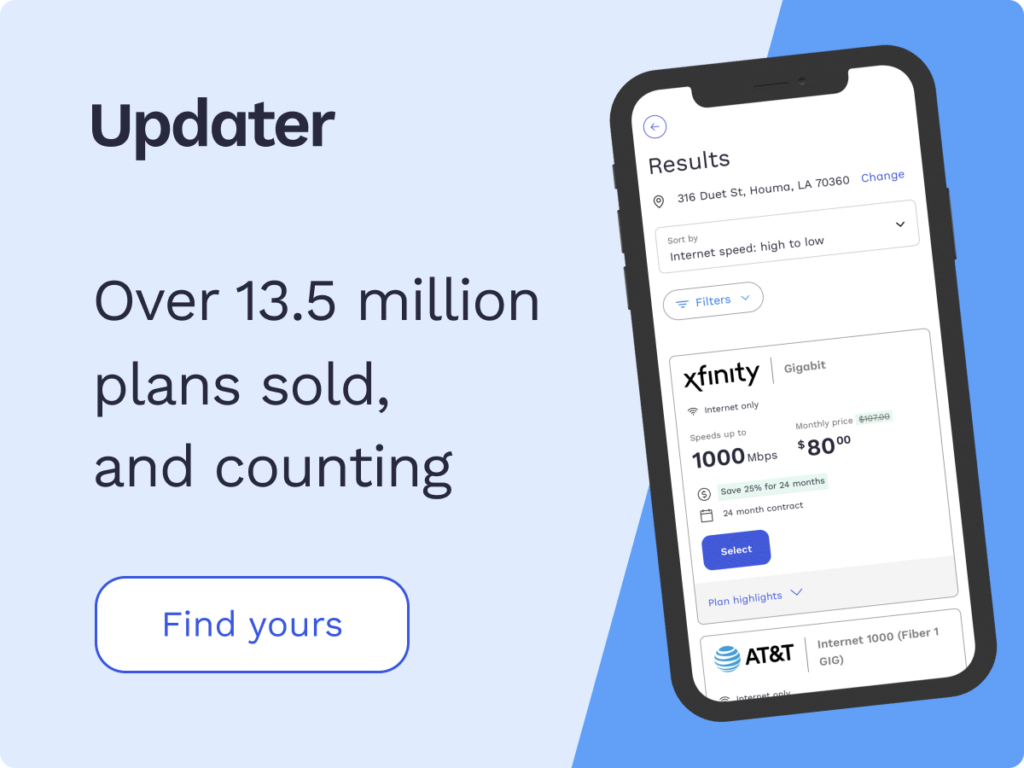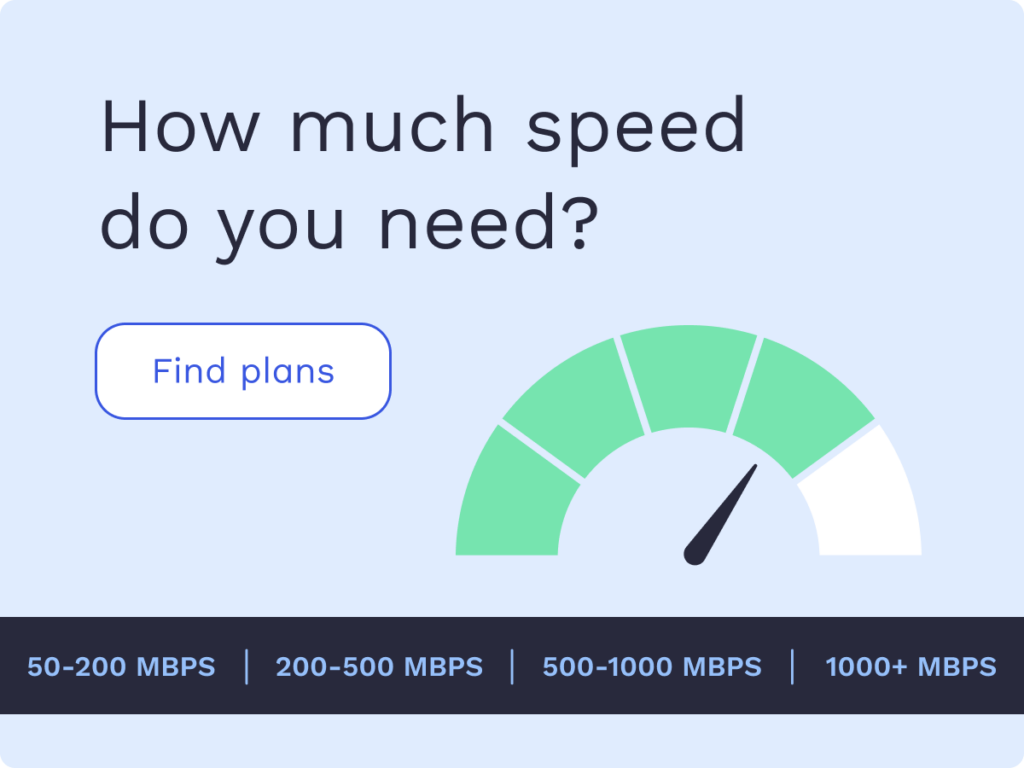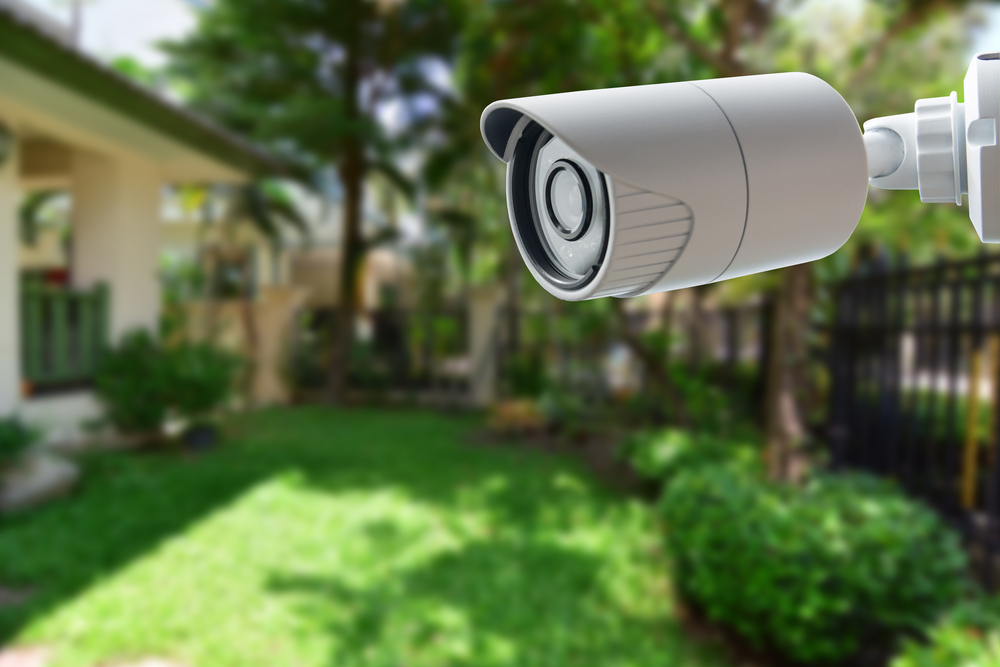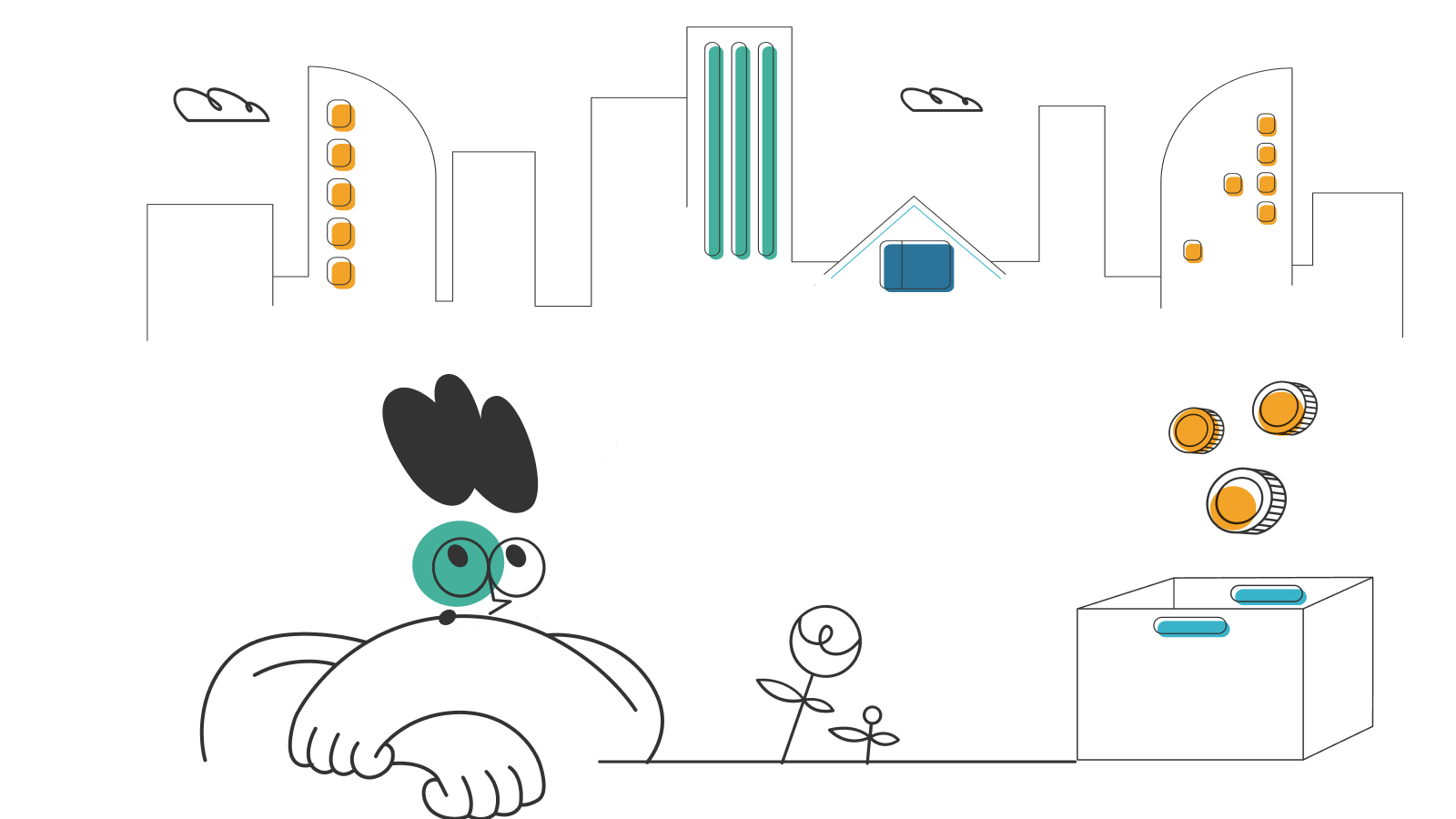How to Find Wi-Fi Hotspots

When you’re away from home, finding a Wi-Fi hotspot can make using the internet to check your email, watch a video, or take care of other tasks much easier. In many parts of the United States, you can choose from plenty of different hotspots without needing to travel far.
Learning more about Wi-Fi hotspots, how to find them, and how to set up a hotspot yourself can help you stay connected wherever you go.
- What is a Wi-Fi hotspot?
- How to locate Wi-Fi hotspots
- How do I set up a Wi-Fi hotspot for my home or business?
- Frequently asked questions (FAQs)
What is a Wi-Fi hotspot?
Wi-Fi hotspots are internet access points that let you connect to a Wi-Fi network using your smartphone, computer, or another device. Hotspots transmit radio signals, sending data and receiving transmissions over wireless networks. Modems and routers in homes and businesses often create hotspots, letting people use their devices without connecting an Ethernet cable directly from the modem to another device. Portable hotspots are available as well.
Smartphones can also create Wi-Fi hotspots. Instead of sending and receiving data through satellite, cable, fiber, or phone lines, they use 4G or 5G cellular signals. 4G stands for fourth generation, and 5G means fifth generation. No matter what method a Wi-Fi hotspot uses to connect to the internet, it uses Wi-Fi to transmit and receive data to devices within range.
How to locate Wi-Fi hotspots
Having a Wi-Fi hotspot at home is great when you’re there but it doesn’t help if you’re traveling or want to take care of tasks on the go. Luckily, there are several ways to find a Wi-Fi hotspot when you’re away from home.
Use a hotspot app or website
To locate a hotspot, you can use one of many available Wi-Fi hotspot finder apps or websites. You can search for networks near you or Wi-Fi hotspots in a location you plan to visit. For example, someone might look for nearby hotspots before going camping. That way, they can check their email occasionally and keep up with friends and coworkers during their vacation.
Many hotspot apps have extensive databases with the locations of Wi-Fi hotspots around the globe. Some, like the Xfinity app, only let people who use Xfinity access them. These types of apps can sometimes give you access to Wi-Fi hotspots that aren’t available to the public, providing passwords as well as locations. Other apps let anyone use them for free.
Visit popular locations for Wi-Fi hotspots
Some types of places often offer free Wi-Fi hotspots. With these hotspots you’ll often need to find out the network name and password from a business or organization to log into its hotspot, although some hotspots may be accessible to the public.
- Libraries: Libraries usually offer free Wi-Fi to visitors, and they have plenty of places where people can sit and surf the web. However, they have limited hours, and may not be open on holidays.
- Stores and restaurants: Coffee shops, bookstores, and restaurants often let customers use free Wi-Fi while they visit. This encourages people to stay longer and buy more. Keep in mind you might need to buy a coffee or another small item before you can get the business’s Wi-Fi password.
- Gyms: Many people spend lots of time at gyms and fitness centers, and access to a Wi-Fi hotspot can make listening to a podcast or music while you work out much easier.
- Laundromats: Some laundromats offer Wi-Fi, letting customers surf the web while doing laundry.
- Public plazas: Many malls, shopping centers, and parks provide free Wi-Fi hotspots. You may be able to find instructions about how to access a hotspot on the plaza’s website, a sign near the entrance or at a kiosk.
- Trains and buses: You can often use free Wi-Fi on trains and busses and at train and bus stations.
- Airports: Airports usually provide free Wi-Fi hotspots, but people usually can’t access the internet while in the air. Strict security means that if you don’t have a flight on the same day, you won’t be able to take advantage of airport amenities like restaurants and free Wi-Fi past TSA checkpoints.
- Universities and colleges: Universities and colleges typically have free Wi-Fi hotspots on campus, but you usually need a student ID and a password to access them. However, some universities let alumni use their networks for free as well.
- Hotels: Even if you’re not planning to stay the night, many hotels and motels will let you use their Wi-Fi hotspot for free. Lots of hotel networks don’t require a password, and you can sit in the lobby and use Wi-Fi for as long as you need. Some places even provide convenient work areas with desks and electrical outlets to help you charge your devices.
How do I set up a Wi-Fi hotspot for my home or business?
If you run a business, you may find it valuable to offer free Wi-Fi to attract customers or encourage them to stay longer or buy more. Alternatively, you can set up a Wi-Fi network in your home so that guests can have easy access to the internet when they visit you. You may also want to use your mobile phone to set up a Wi-Fi hotspot for use on the go.
Whatever your hotspot needs, you’ll want to explore internet options from various internet service providers (ISPs) to find the right mix of speed, features, and cost. Many top-name providers offer packages that let you set up hotspots, so reviewing a few options is an excellent place to start.
T-Mobile
T-Mobile has the biggest 5G network in the United States, including more than 30 million households. Based on their current growth, it could cover over 99% of the country by 2023.
One way to set up a Wi-Fi hotspot using T-Mobile is through your mobile phone, and the company provides several packages for you to consider. T-Mobile’s Essentials 5G phone plan is $60/month, and it comes with unlimited data for a mobile hotspot. The Magenta plan costs $70/month, including taxes and fees. Along with unlimited data, you can get 5 gigabytes (GB) of high-speed Wi-Fi hotspot data. Magenta MAX is $85/month, and it has 40GB of high-speed hotspot data and access to Netflix. Apple TV+ and Paramount+ are also free for the first year.
T-Mobile offers 5G internet service with a Wi-Fi hotspot for your home as well. A combination modem and router converts the 5G signal to Wi-Fi, and this plan costs $50/month with no annual contract or data limit. It comes with Paramount+ free for the first year, and you can get a $50 rebate after you purchase a streaming device with home internet and voice service. Installation usually takes less than 15 minutes.
AT&T
AT&T offers 5G service and fiber internet and serves over 255 million people in the US. With their Unlimited Starter plan, you’ll get unlimited cell phone data and 3GB of high-speed mobile hotspot data per month. After you use the hotspot data, you can still use your phone as a hotspot, but internet speeds will be slower. This plan is $65/month, and it comes with six months of online gaming from Stadia Pro.
AT&T’s Unlimited Extra plan includes 15GB of high-speed hotspot data and is $75/month. The Unlimited Elite plan has 40GB of hotspot data and HBO Max, and costs $85/month. Families who get multiple lines with all these plans get a discount, and speeds vary depending on your location.
You can also choose a prepaid plan designed for Wi-Fi hotspots. Paying in advance for a year costs $300 ($25/month), and you get 20GB of high-speed data for phones or Wi-Fi hotspots. If you pay monthly, you can use 15GB of data for $35/month. You can use any leftover data during the next month, and 100GB of data costs $55/month.
Fixed wireless internet can create a Wi-Fi hotspot from cellular signals as well. It requires an antenna, and is $69.99/month or $59.99/month when you also get a cell phone plan. Home internet service with a Wi-Fi hotspot is $55/month, and speeds vary based on where you live.
Cox
Cox offers fiber or cable internet service that can create a Wi-Fi hotspot in your home or business. You can choose from the following options:
- 25Mbps for $29.99/month
- 50Mbps for $39.99/month
- 250Mbps for $59.99/month
- 500Mbps for $79.99/month
- 1000Mbps for $99.99/month
You can add a Panoramic Wifi Gateway to expand the range of your hotspot, and adding Panoramic Wifi Pods can extend the coverage even more. You can assign separate passwords to guests, letting them access a second Wi-Fi network. This keeps your primary network secure, and it won’t impact speed or data usage. Cox internet customers can also access more than three million public Wi-Fi hotspots across the US. To find the hotspot nearest you, you can type your location into the Cox website and look at their Wi-Fi hotspot map.
Xfinity
Xfinity offers 5G, broadband, and cable service. In 2020, the company had more than 26.9 million residential customers, and internet service is available in 39 states and Washington, D.C. A cell phone plan with unlimited data costs $45/month. With their internet service, prices and connection methods vary depending on your location. Plans with 50Mbps, 100Mbps, 200Mbps, 400Mbps, 800Mbps, and 1200Mbps speeds are available.
With any plan, you can access more than 20 million secure Wi-Fi hotspots across the country through the Xfinity app. You’ll also get 24-hour customer service and the ability to activate family-safe browsing. You can add unlimited data for an additional $30/month, and an xFi Pod can extend your Wi-Fi hotspot’s range.
Frequently asked questions (FAQs)
How safe are Wi-Fi hotspots?
Public hotspots are usually safe, but other people on the network could see data you transmit over an unsecured network. If you need to send private information like passwords or credit card information, you can increase security by ensuring that the site you use has its own security and encryption. Subscribing to a virtual private network (VPN) adds extra encryption to keep your information and location secure. It’s also a good idea to use antivirus software that can alert you about malware or other potential hazards.
What is tethering?
You can use your smartphone as a Wi-Fi hotspot through tethering. The phone acts as a hotspot, converting 5G data to Wi-Fi and letting you access the internet even when there’s no hotspot around. However, tethering can drain the battery quickly with many phone models and may require an additional data plan from your cell phone service provider.
How can I find internet service that I can use to set up a Wi-Fi hotspot?
You should be able to use any ISP in your area to set up a Wi-Fi hotspot in your home or business. However, it’s always a smart move to understand your expected usage and budget, then compare packages from several ISPs to find the right fit.
*Pricing varies by location and availability. Speeds may vary. All prices subject to change; for current pricing and availability visit our internet service page. Prices as of 6/7/22.
Disclosure | Updater articles are based on our own data and research, independent from partner relationships. We are not compensated by partners for information and opinions presented here. Our Editorial Terms of Service can be found here.














